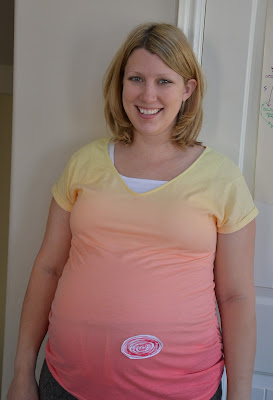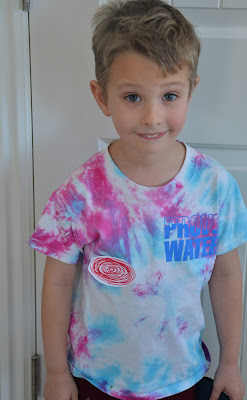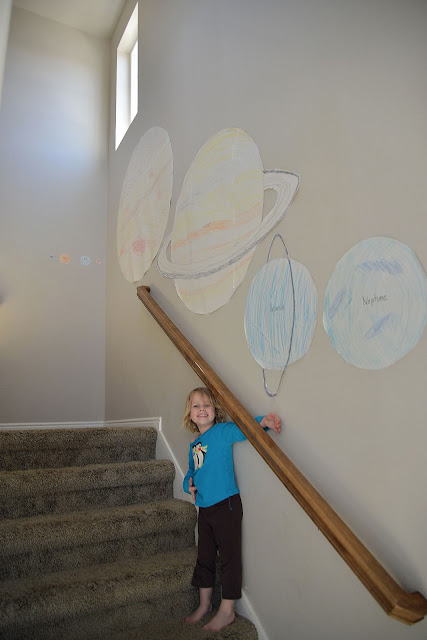Here's the recipe:
Homemade Oreos
2 packages Devils Food cake mix
4 large eggs
1 1/2 c shortening
Mix all ingredients together. Roll into tiny balls, place on cookie sheet, and bake at 375 for 7-8 minutes. Make sandwich cookies by spreading one cookie with frosting (recipe below), then placing another cookie on top.
Frosting/filling:
1/8 c butter or margarine, softened
1 8-oz. package cream cheese, softened
1 1/2 t vanilla
2 c powdered sugar
Frosting/filling:
1/8 c butter or margarine, softened
1 8-oz. package cream cheese, softened
1 1/2 t vanilla
2 c powdered sugar
Mix all ingredients until smooth.
Saw this idea of "moon tennis" online. It went along with our discussion of what gravity would actually feel like on the moon---the idea being that some things would be easier to do and others would be harder, and that our lack of familiarity with that amount of gravity would make everything just feel . . . weird. Everyone really loved this game but it was WILD. Luckily all the materials are lightweight because there was lots of accidental (we hope) bashing of heads and arms.
Sam and I and the older boys watched this documentary about the Apollo Moon Missions. It was SO interesting. It's composed mainly of interviews with the different astronauts, and it's just fascinating to hear them recount their impressions and experiences. Lots of small, interesting details that you would never really think to wonder about---like if Michael Collins (the astronaut who stayed in orbit while the other two walked on the moon) felt lonely while he waited for the others. ("I would have liked being lonelier! Mission Control was yapping in my ear the whole time!") We loved it.























































